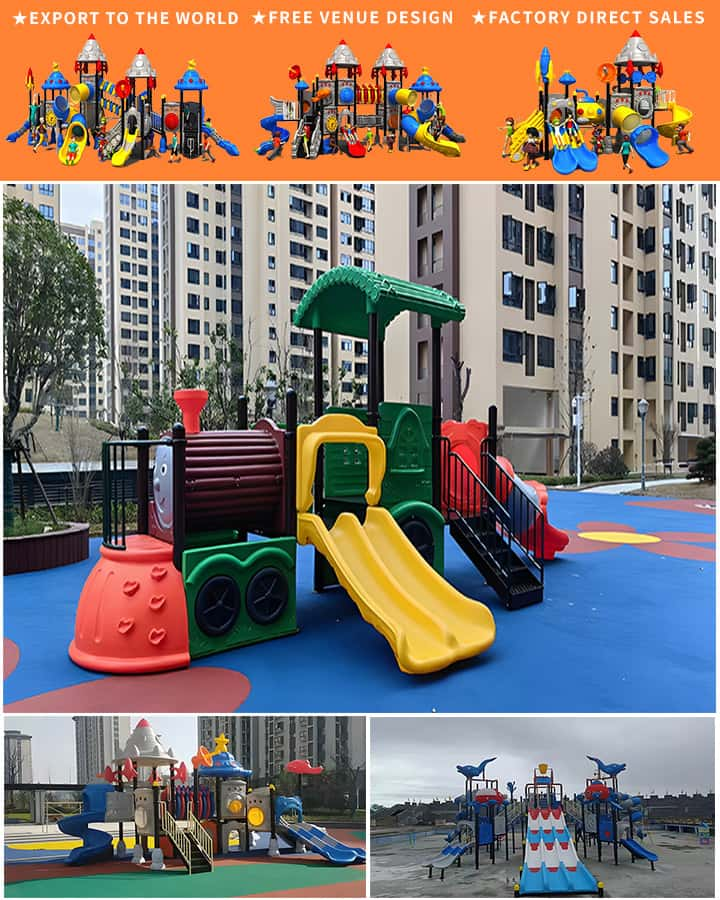School playgrounds are essential for promoting physical activity, social interaction, and overall well-being among students. One key component of an effective playground is its diverse range of equipment, designed to cater to various age groups and abilities. In this article, we’ll explore some popular school playground equipment names, their features, and the benefits they offer to young learners.
Swings: The Classic Favorite
Swings are perhaps the most iconic piece of playground equipment. They come in various types, including traditional belt swings, bucket swings, and tire swings. Swings help develop gross motor skills, coordination, and balance while providing a fun, exhilarating experience.
Slides: Thrills and Fun
Slides are another playground staple, offering endless hours of joyful play. They come in different designs, such as straight slides, spiral slides, wavy slides, and even double slides. Slides encourage children to climb and use their upper body strength, enhancing their physical fitness and spatial awareness.
Seesaws: Teamwork and Balance
Seesaws, also known as teeter-totters, are great for fostering teamwork and cooperation among children. They require communication and synchronization between participants to maintain balance. Riding a seesaw can improve core strength, balance, and problem-solving skills.

Climbing Structures: Challenge and Adventure
Climbing structures, like jungle gyms and climbing walls, are fantastic for developing fine motor skills, hand-eye coordination, and problem-solving abilities. These structures challenge children to navigate obstacles, plan routes, and test their limits safely.
Merry-Go-Rounds: Spinning Fun
Merry-go-rounds provide a gentle spinning motion that stimulates the vestibular system, which aids in balance and coordination. They are typically used in group settings, encouraging social interaction and cooperative play. Children can sit on horse-shaped seats or hold onto the rotating handles for support.
Sandboxes: Creativity Unleashed
Sandboxes are perfect for unstructured creative play. Children can dig, build sandcastles, and explore tactile sensations. Sandplay promotes sensory development, fine motor skills, and imagination. It also offers an opportunity for collaborative play and storytelling.
Spring Riders: Bouncing Joy
Spring riders, also called bouncers or spring rockers, consist of a seat attached to a sturdy frame with springs. As children bounce up and down, they work on their leg muscles and coordination. Spring riders are excellent for developing lower body strength and endurance.
Balance Beams: Steady Steps
Balance beams are narrow platforms elevated off the ground. Walking or balancing on them enhances coordination, concentration, and lower body strength. Balance beams come in various shapes and sizes to accommodate different skill levels.
Outdoor Fitness Equipment: Staying Fit
Outdoor fitness equipment is becoming increasingly popular in modern playgrounds. These include pull-up bars, dip stations, and elliptical trainers designed for younger users. Incorporating fitness activities into recess encourages healthy habits and physical fitness from an early age.
In conclusion, school playground equipment plays a crucial role in promoting physical activity, social skills, and overall development. From swings and slides to climbing structures and outdoor fitness equipment, each piece offers unique opportunities for growth and fun. By understanding the different types of playground equipment and their benefits, schools can create engaging and stimulating environments that inspire children to learn through play.




